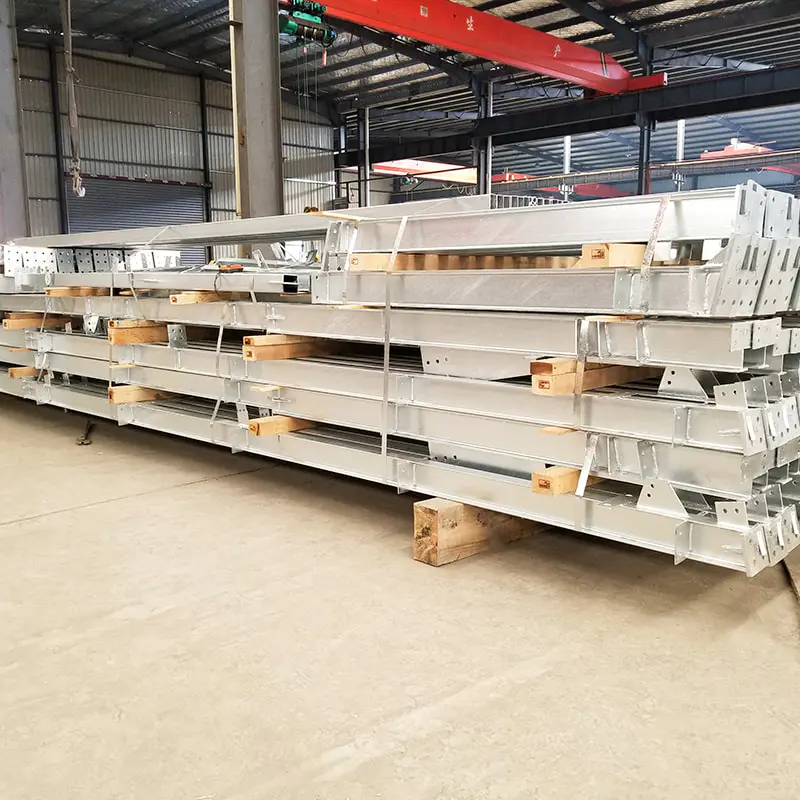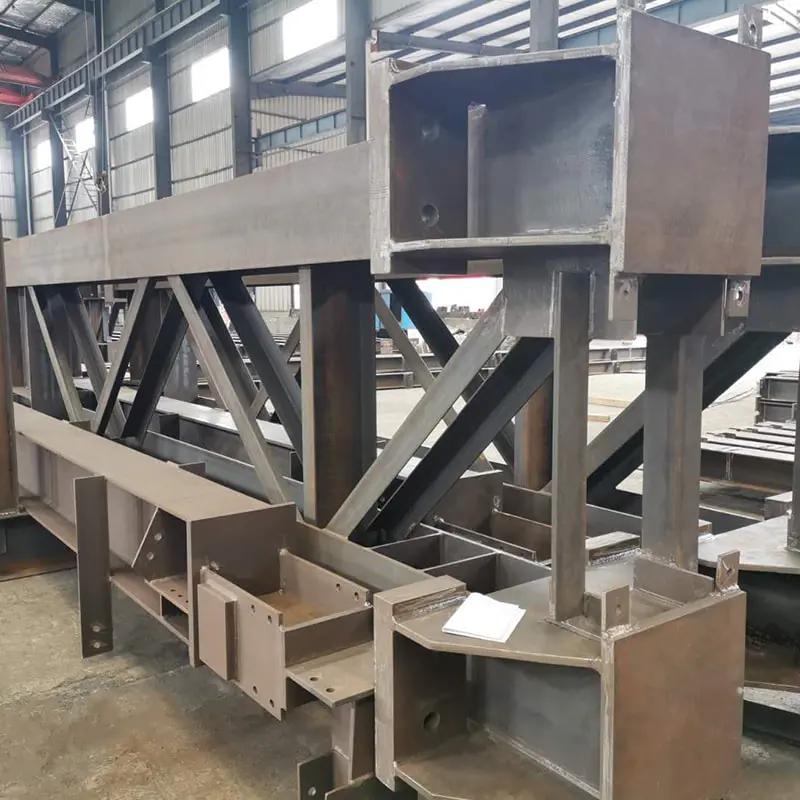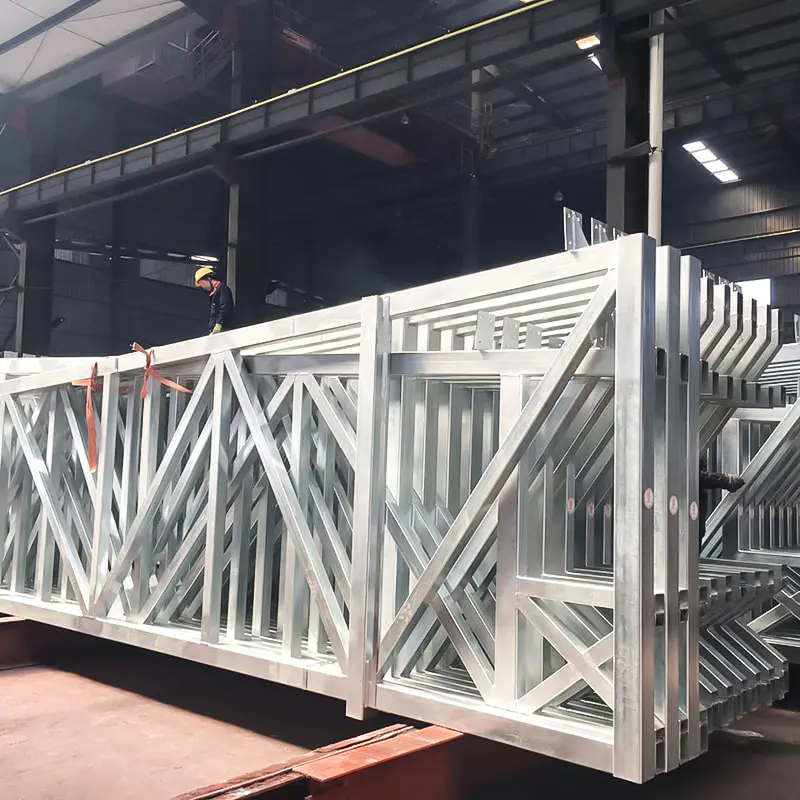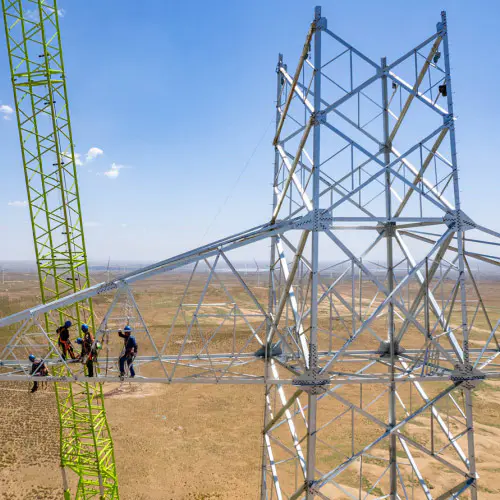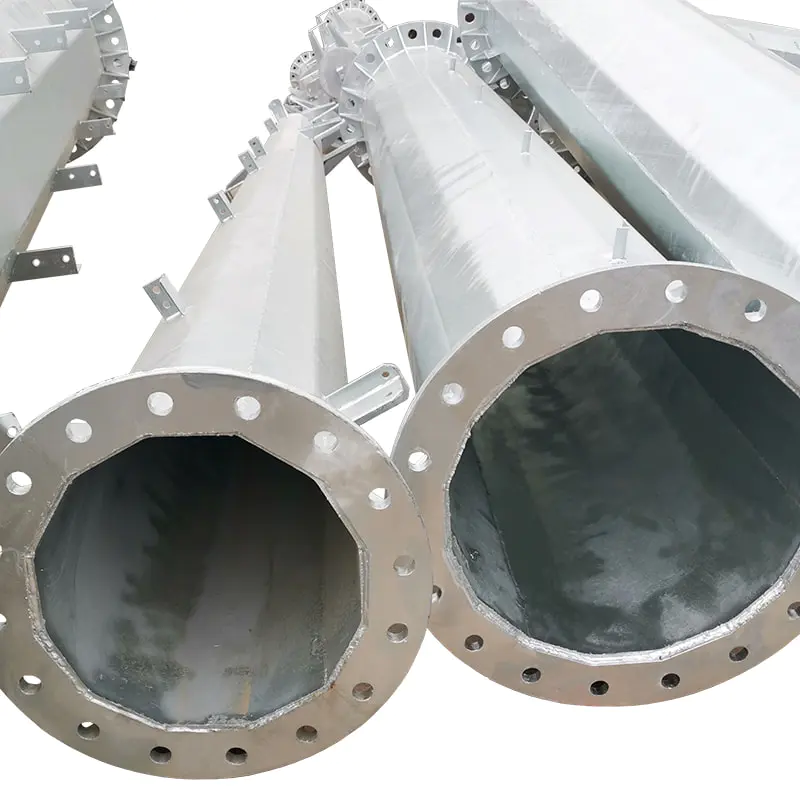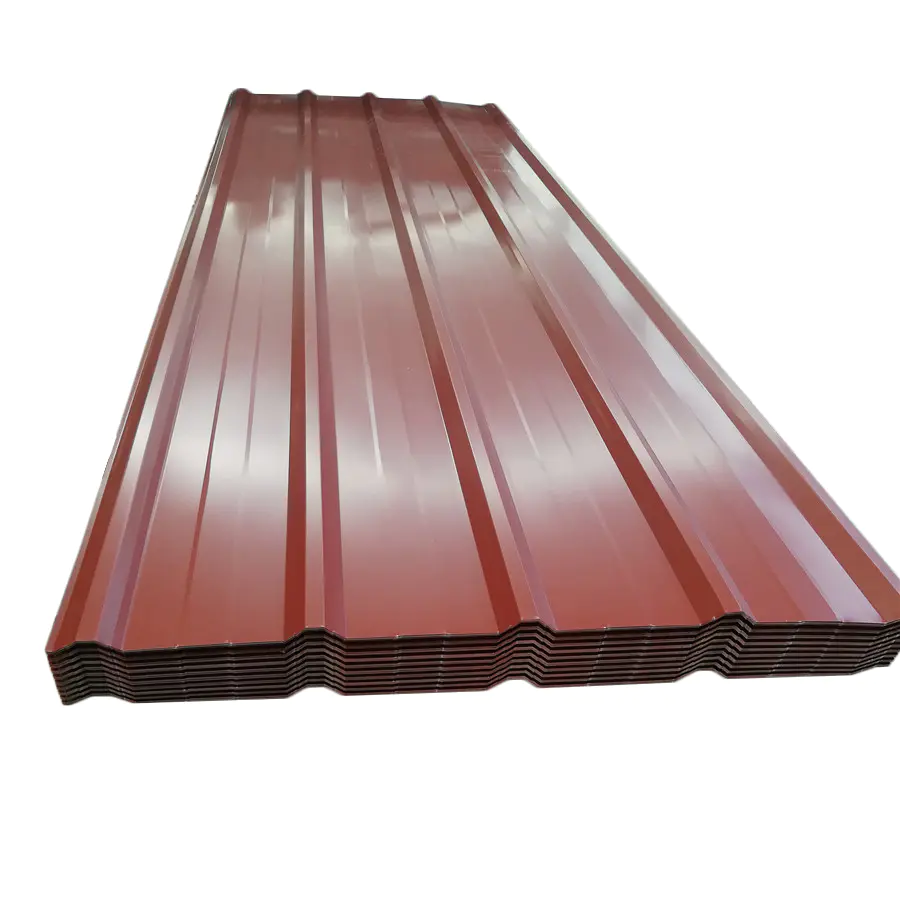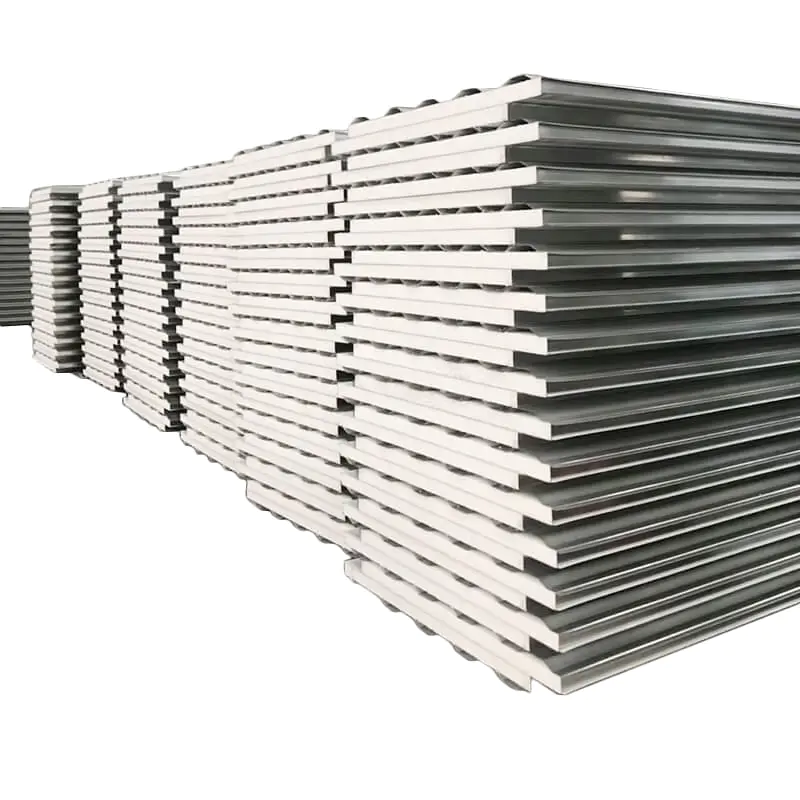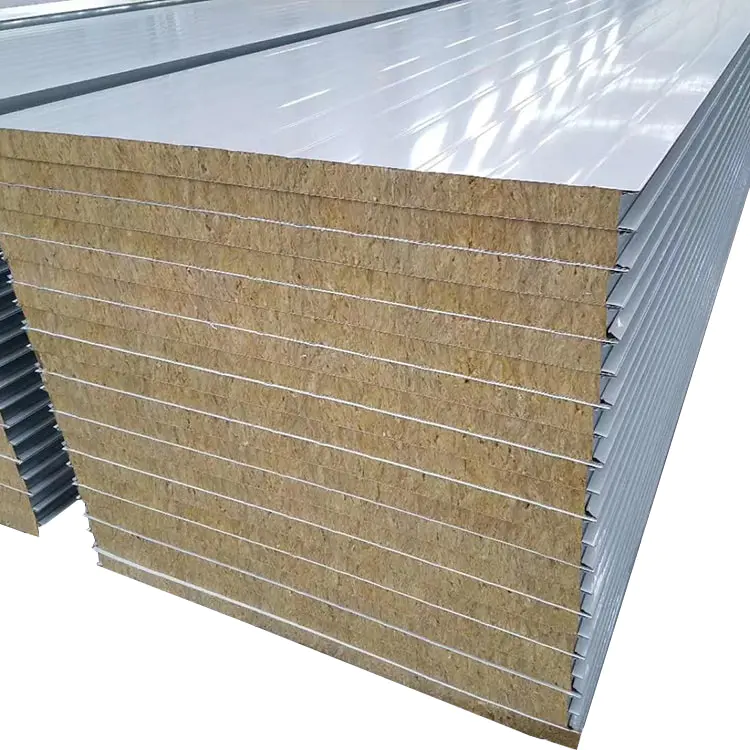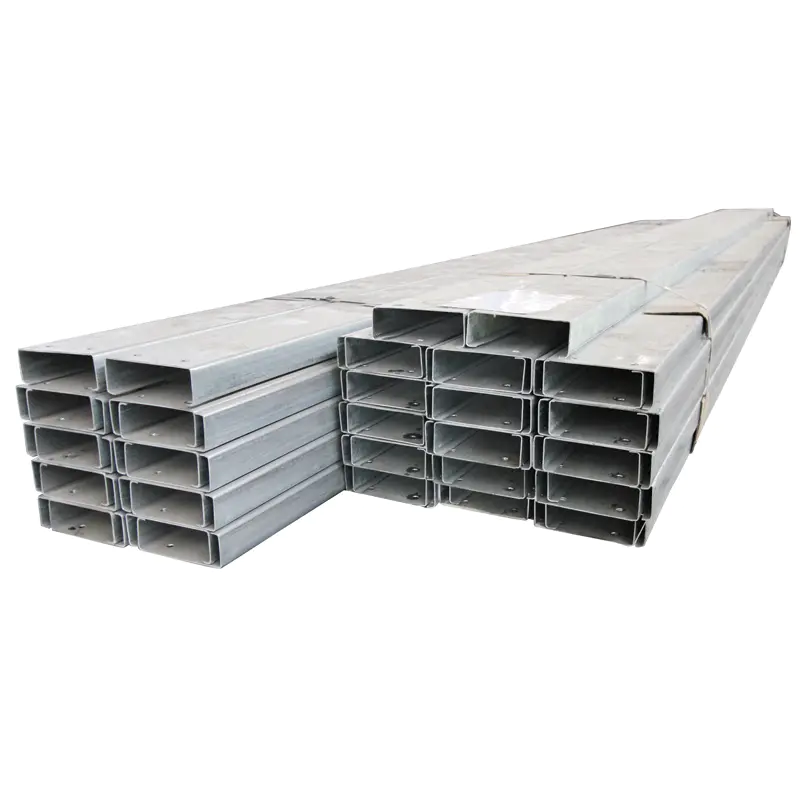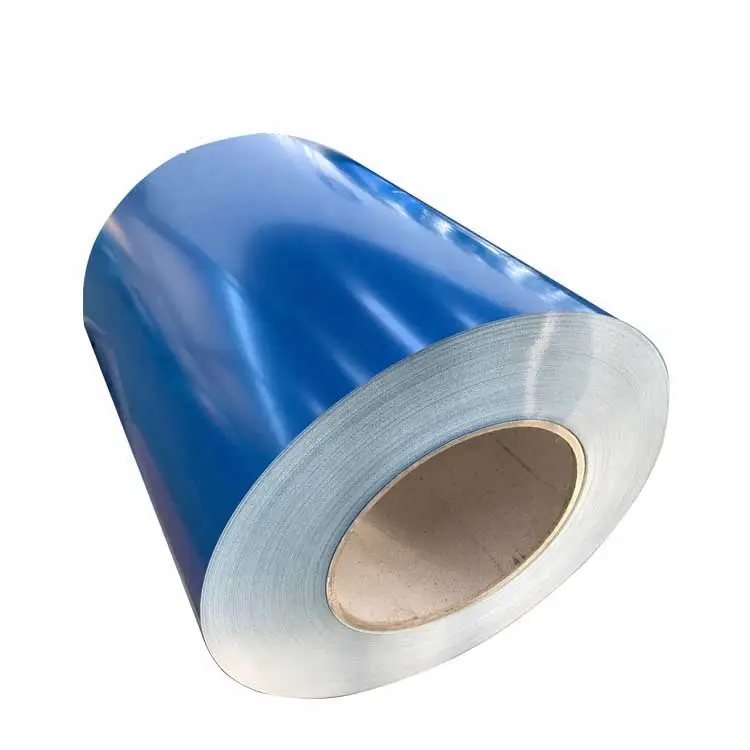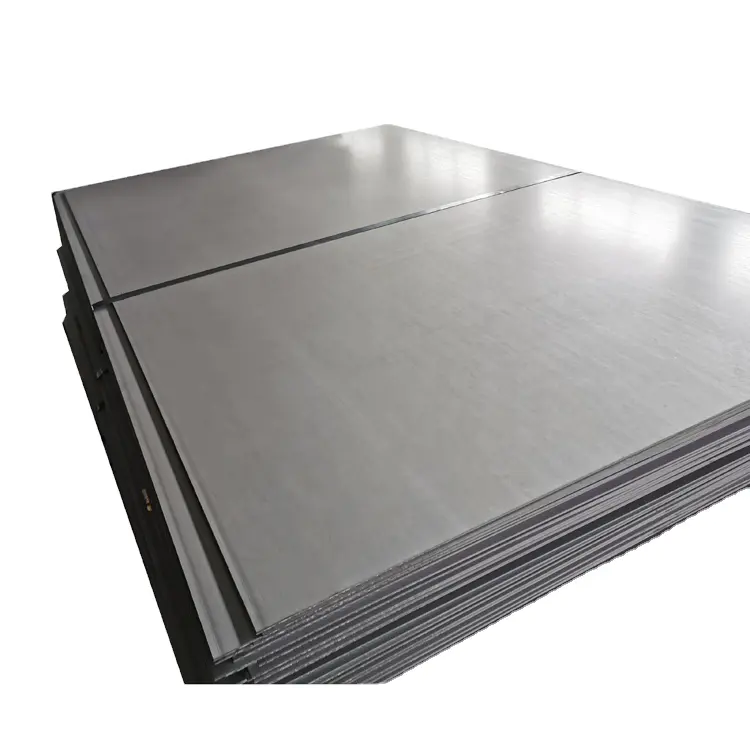Steel structures are widely used in various industries due to their strength, durability, and versatility. From skyscrapers and bridges to industrial facilities and warehouses, these structures form the backbone of modern infrastructure. However, to ensure their long-term performance and safety, regular maintenance is essential.
Concept of Steel Structure Maintenance
Maintenance of steel structures refers to the systematic process of inspecting, cleaning, repairing, and protecting these structures to prevent deterioration, ensure structural integrity, and extend their service life. The primary goals include mitigating corrosion, addressing fatigue, and maintaining load-bearing capacity. Maintenance is a critical aspect of asset management, as neglect can lead to safety hazards, increased costs, and premature failure. Steel structures are susceptible to environmental factors such as moisture, chemicals, and temperature fluctuations, making proactive care necessary.
Types of Maintenance for Steel Structures
Maintenance strategies for steel structures can be categorized into several types, each with distinct approaches:
-
Preventive Maintenance: This involves routine, scheduled activities to prevent issues before they occur. Examples include regular inspections, cleaning, and applying protective coatings. It is cost-effective in the long term and reduces the risk of unexpected failures.
-
Corrective Maintenance: Also known as reactive maintenance, this addresses problems after they are identified, such as repairing cracks or replacing corroded sections. While it may be necessary for unforeseen issues, it can be more expensive and disruptive if not managed properly.
-
Predictive Maintenance: This advanced approach uses monitoring technologies, such as sensors and non-destructive testing, to predict potential failures based on data analysis. It allows for targeted interventions, minimizing downtime and costs.
-
Condition-Based Maintenance: Similar to predictive maintenance, this type relies on real-time condition assessments, such as visual inspections or ultrasonic testing, to determine when maintenance is needed.
Each type can be applied based on factors like the structure's age, environment, and usage.
Applications of Steel Structure Maintenance
Maintenance practices are applied across various sectors where steel structures are prevalent:
-
Buildings and Infrastructure: In commercial and residential buildings, maintenance focuses on corrosion protection, joint integrity, and fireproofing. For bridges and towers, it includes monitoring for fatigue and environmental damage.
-
Industrial Facilities: In factories and plants, steel structures may be exposed to harsh chemicals or heavy loads, requiring frequent inspections and coatings to resist corrosion.
-
Marine and Coastal Structures: These environments accelerate corrosion due to saltwater exposure, necessitating specialized coatings and cathodic protection systems.
-
Historical and Heritage Structures: Preservation efforts often involve careful cleaning and reinforcement to maintain original aesthetics while ensuring safety.
Applications vary based on design specifications and environmental conditions, but all share the common need for systematic upkeep.
Comparison of Maintenance Approaches
A comparison of maintenance types highlights their relative advantages and limitations:
-
Preventive vs. Corrective Maintenance: Preventive maintenance is proactive, reducing the likelihood of major repairs, but it requires upfront planning and resources. Corrective maintenance is reactive and can be more costly over time due to emergency repairs and potential downtime. Studies indicate that preventive strategies can lower life-cycle costs by up to 30% for steel structures.
-
Predictive vs. Traditional Methods: Predictive maintenance offers precision by using data to forecast issues, potentially saving resources compared to fixed-schedule preventive methods. However, it requires investment in technology and expertise. Condition-based maintenance bridges this gap by using inspections to guide actions, balancing cost and effectiveness.
The choice of approach depends on factors such as budget, risk tolerance, and the criticality of the structure. For instance, high-risk installations like bridges often benefit from predictive methods, while simpler structures may suffice with preventive care.
Frequently Asked Questions (FAQ)
-
What are the most common issues in steel structure maintenance?
Common issues include corrosion, fatigue cracking, bolt loosening, and coating degradation. Environmental exposure and mechanical stress are primary contributors. -
How often should steel structures be inspected?
Inspection frequency depends on the structure's use and environment. General guidelines suggest annual visual inspections, with more detailed assessments every 3-5 years. High-risk or heavily used structures may require semi-annual checks. -
What methods are used to protect steel structures from corrosion?
Protection methods include applying paints, galvanizing, or using sacrificial anodes. Regular cleaning to remove contaminants and moisture is also essential. -
Can maintenance extend the life of a steel structure?
Yes, proper maintenance can significantly extend the service life of steel structures, often by decades, by addressing wear and tear early and preventing catastrophic failures. -
What are the cost implications of neglecting maintenance?
Neglect can lead to accelerated deterioration, requiring expensive repairs or replacements. It may also result in safety incidents and regulatory non-compliance, increasing overall costs. -
Are there standards for maintaining steel structures?
Yes, various international standards, such as those from ASTM International or the International Organization for Standardization (ISO), provide guidelines for inspection, coating, and repair of steel structures.
Maintaining steel structures is a vital practice that ensures safety, reliability, and longevity. By understanding the concepts, types, and applications of maintenance, stakeholders can implement effective strategies tailored to their needs. While each approach has its merits, a combination of preventive and predictive methods often yields the best outcomes. Adherence to factual, evidence-based practices helps mitigate risks and optimize resources, underscoring the importance of regular upkeep for steel structures in diverse settings.

